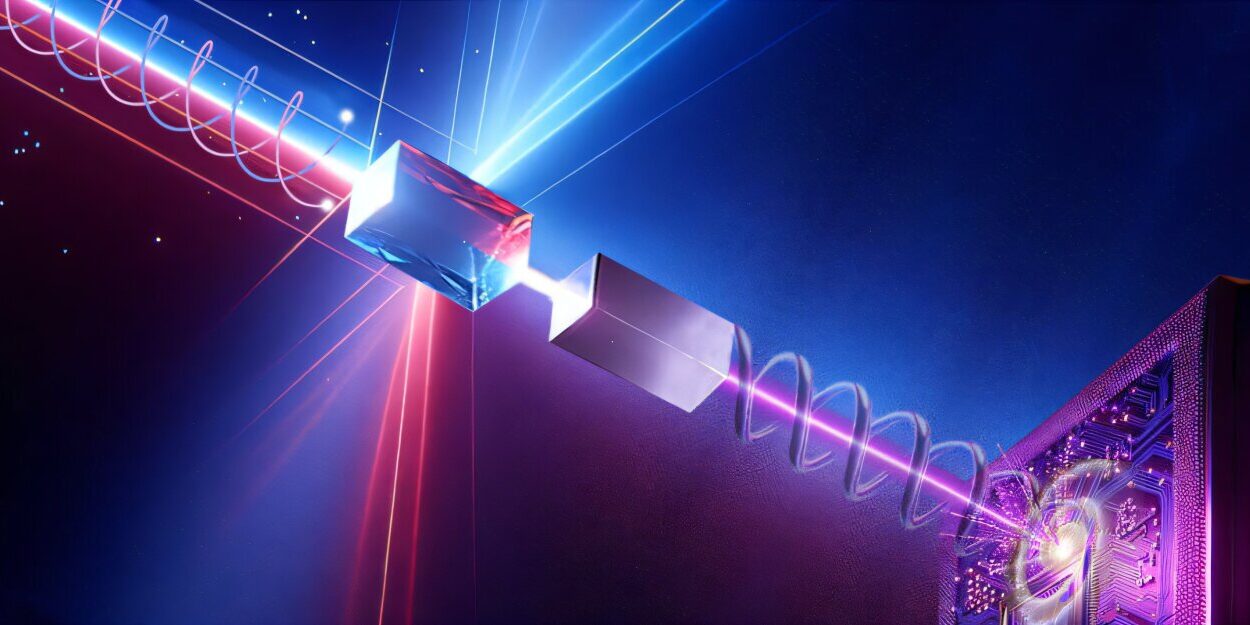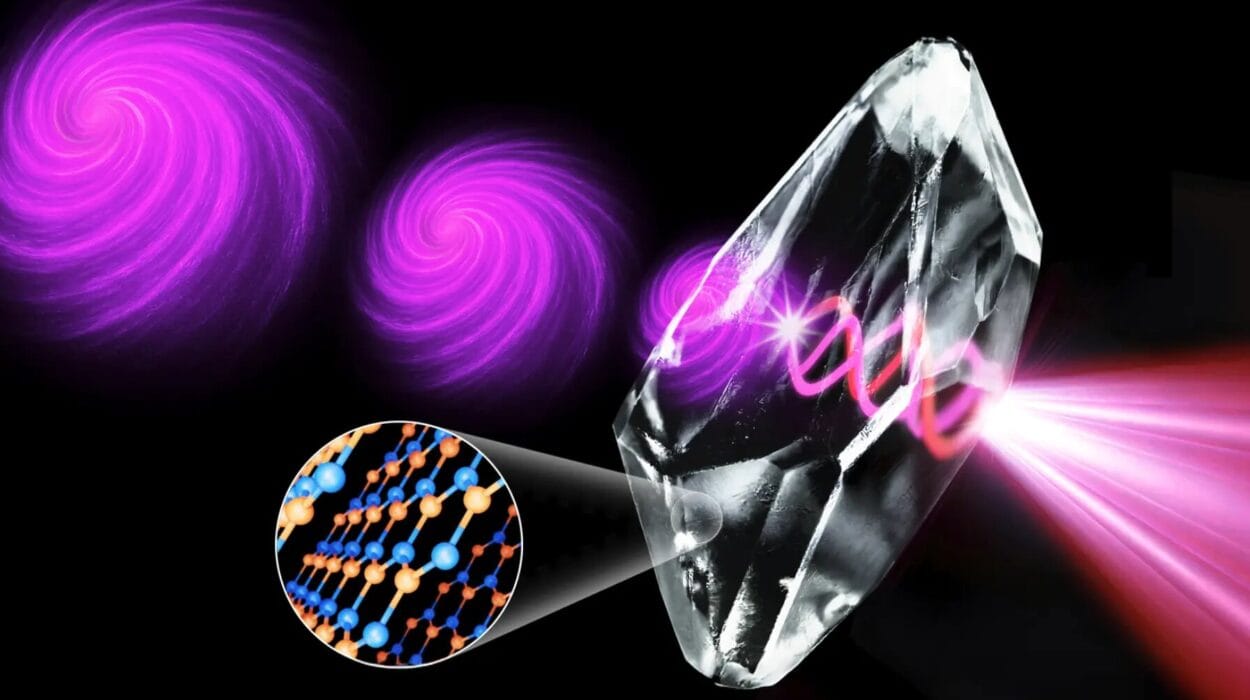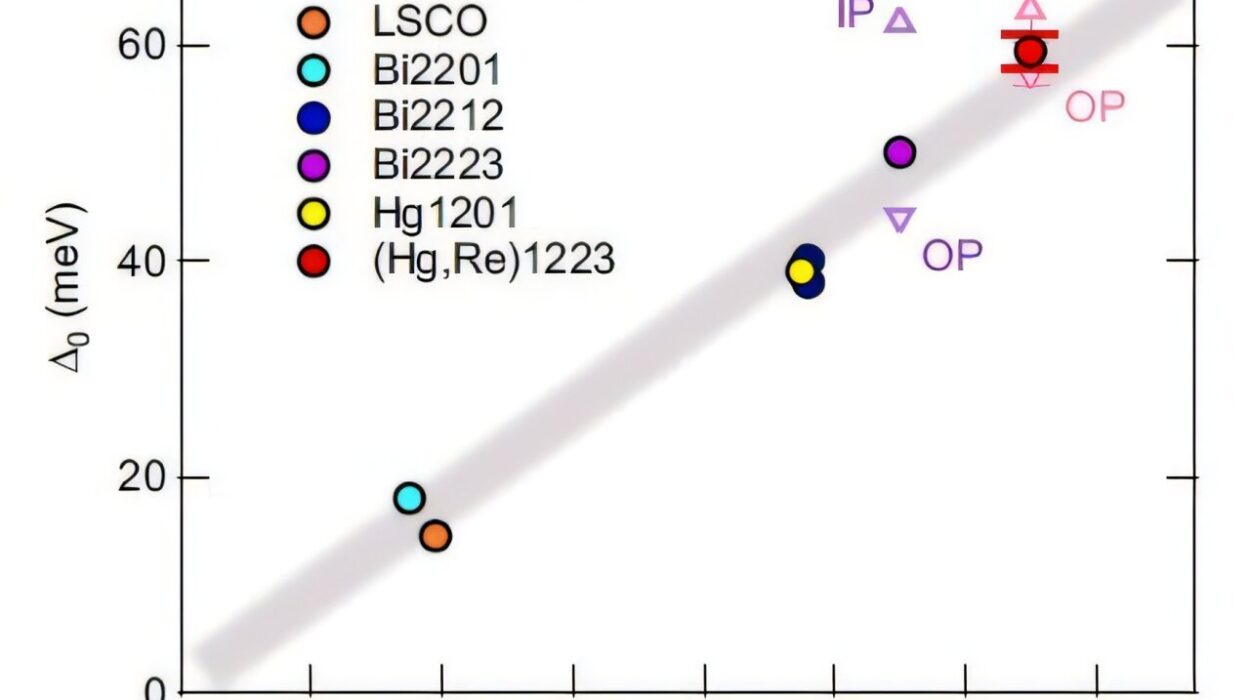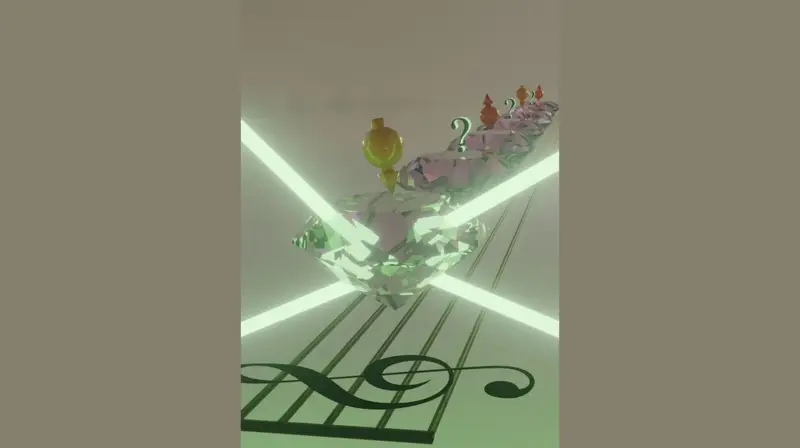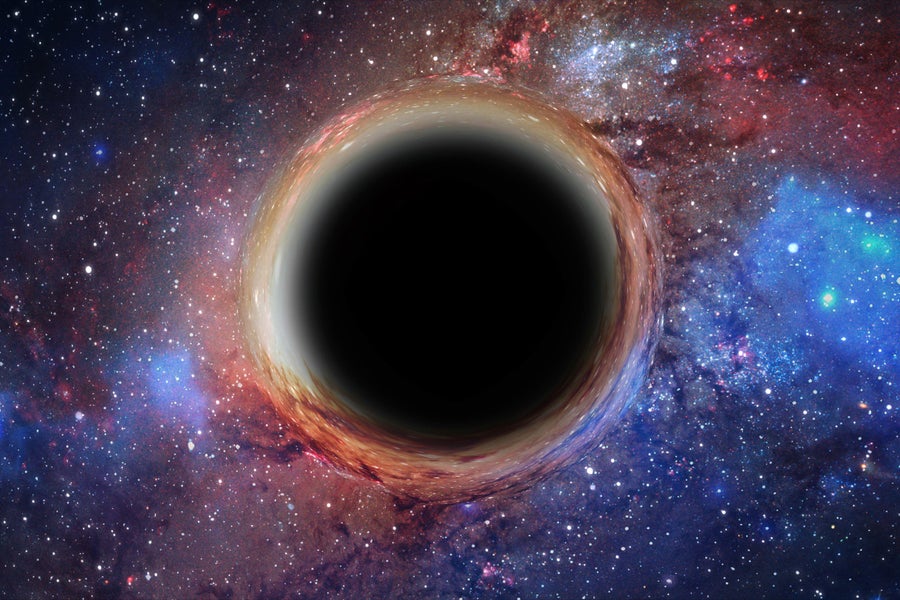Imagine using a device as ubiquitous as your smartphone to unlock some of the deepest secrets of the universe. It may sound like science fiction, but researchers at the Technical University of Munich (TUM) have done just that. By adapting the camera sensors used in mobile phones, a team from the AEgIS (Antihydrogen Experiment: Gravity, Interferometry, Spectroscopy) collaboration has created a groundbreaking detector that could transform our understanding of antimatter. This innovative technology, which integrates commercial mobile camera sensors into a cutting-edge scientific instrument, promises to revolutionize the study of antimatter, particularly in understanding how antimatter behaves under the influence of gravity.
The device, described in a paper published in Science Advances, is capable of imaging the exact points where antimatter—specifically antiprotons—annihilate with regular matter, all in real time. This is not just a small improvement in technology; it’s a monumental leap in precision. The new detector can pinpoint antiproton annihilation events with an unprecedented resolution of about 0.6 micrometers. This is a staggering 35 times better than any previous real-time imaging methods used for similar experiments.
But how exactly does this work, and why does it matter?
Unlocking the Mysteries of Antimatter
Antimatter is one of the great mysteries of modern physics. For every particle of matter, there exists a corresponding antiparticle, with the same mass but opposite charge. When matter and antimatter meet, they annihilate each other in a burst of energy. Understanding antimatter is not only crucial for answering some of the most profound questions in physics but also for potential advancements in technology, such as energy generation and medical imaging.
For decades, scientists have studied antimatter in an effort to understand why there is so much more matter than antimatter in the universe—a question that continues to baffle physicists. The AEgIS team, along with other groups working at CERN’s Antimatter Factory, is focused on studying the gravitational behavior of antimatter, a vital piece of the puzzle. Specifically, they want to measure the free-fall of antihydrogen (the antimatter counterpart of hydrogen) in Earth’s gravitational field. Understanding how antihydrogen reacts to gravity could answer critical questions about the nature of the universe itself.
AEgIS’s approach is to create a horizontal beam of antihydrogen and then measure its vertical displacement using a device called a moiré deflectometer. This sophisticated instrument detects even the tiniest deviations in motion, which are then recorded by the AEgIS detector. The detector tracks where the antihydrogen annihilates with matter, providing invaluable data about the properties and behavior of antimatter.
The Role of Mobile Camera Sensors
One of the most fascinating aspects of AEgIS’s new detector is the use of modified mobile phone camera sensors. Mobile cameras are typically designed to capture high-quality images for everyday use, but they weren’t initially built for scientific research. The AEgIS team, however, recognized the potential of these sensors in solving one of the key challenges in antimatter research: high-resolution imaging in real-time.
Francesco Guatieri, the principal investigator on the paper, explains: “For AEgIS to work, we need a detector with incredibly high spatial resolution, and mobile camera sensors have pixels smaller than 1 micrometer.” This incredible precision is what makes the new detector so powerful. By integrating 60 of these sensors into the detector, AEgIS has created a system that boasts a staggering resolution of 3840 megapixels. This is the highest pixel count of any imaging detector to date, setting a new standard for real-time particle detection.
A Leap Forward in Precision
The power of the AEgIS detector lies not just in the number of sensors, but in the combination of several cutting-edge features. Traditional imaging methods, such as photographic plates, lacked real-time capabilities. These plates could capture high resolution but required time to develop, making them unsuitable for fast-moving phenomena like the annihilation of antimatter. AEgIS’s innovative solution combines the resolution of photographic plates with the speed of digital technology. In addition, the system is capable of real-time diagnostics, self-calibration, and a large surface area for particle collection—all in one device.
The research team didn’t simply retrofit off-the-shelf smartphone cameras into a detector. They had to strip away the initial layers of the sensors, which were designed to work with the sophisticated electronics found in mobile phones. This process required expert-level engineering and micro-design to optimize the sensors for scientific use.
But even with all the advanced engineering, the AEgIS team faced a challenge that no one could have anticipated: crowdsourcing. When it came to identifying the exact location of antiproton annihilation points in the detector’s images, the team found that human intuition outperformed automated algorithms. The researchers asked their colleagues to manually pinpoint the annihilation events in over 2,500 images. While this was a time-consuming process, it proved far more accurate than any computer program could manage. In fact, it took up to 10 hours for each researcher to painstakingly analyze the images.
While the manual approach was slow, it resulted in unparalleled accuracy. “The extraordinary resolution also enables us to distinguish between different annihilation fragments,” says Ruggero Caravita, a spokesperson for AEgIS. This ability to differentiate between types of annihilation products—such as protons and pions—is a major breakthrough that could unlock new insights into the nature of antimatter.
The Future of Antimatter Research
The AEgIS detector is much more than just a tool for detecting antiproton annihilations. It represents a leap forward in the study of low-energy antiparticle annihilation and opens the door to new research avenues. By measuring the width of tracks left by different annihilation products, the researchers can gain insight into the fundamental particles involved. This is crucial for understanding not only antimatter but also the behavior of matter itself.
This new technology also has the potential to make significant contributions to experiments studying gravity’s effect on antihydrogen. As Caravita explains, “The new detector paves the way for new research on low-energy antiparticle annihilation, and is a game-changing technology for the observation of the tiny shifts in antihydrogen caused by gravity.”
Beyond its immediate implications for antimatter research, the technology developed by the AEgIS team could have broader applications in fields such as medical imaging, where high-resolution, real-time imaging of particle interactions is highly sought after. The use of mobile camera sensors in scientific research opens up exciting possibilities for further technological advancements, allowing for more compact, cost-effective, and versatile devices in the future.
The Bigger Picture: Why It Matters
The study of antimatter has implications far beyond the confines of the laboratory. Understanding antimatter’s interaction with gravity could lead to insights into fundamental physics, including the search for a unified theory that explains both the forces of the quantum world and the forces of gravity. It could also shed light on the mysteries of dark matter, which remains one of the most elusive components of the universe.
Moreover, breakthroughs in imaging technologies, such as the AEgIS detector, could revolutionize a wide range of fields, from space exploration to medical diagnostics. As the technology evolves, it could even help in developing new methods of harnessing energy from antimatter—potentially ushering in a new era of clean, efficient power generation.
A Game-Changing Discovery
The work done by the AEgIS collaboration is a testament to the power of innovation and collaboration in modern science. By thinking outside the box and leveraging the capabilities of everyday technology, the team has created a tool that promises to accelerate our understanding of one of the most intriguing phenomena in physics. With this breakthrough, they are not just imaging antimatter annihilations—they are opening new windows into the heart of the universe.
As the AEgIS experiment continues to explore the behavior of antihydrogen and other antiparticles, it brings us one step closer to answering some of the most fundamental questions in science. And the use of smartphone camera sensors to achieve this goal proves that sometimes the most profound discoveries come from the most unexpected places.
Reference: Michael Berghold et al, Real-time antiproton annihilation vertexing with sub-micron resolution, Science Advances (2025). DOI: 10.1126/sciadv.ads1176. www.science.org/doi/10.1126/sciadv.ads1176

